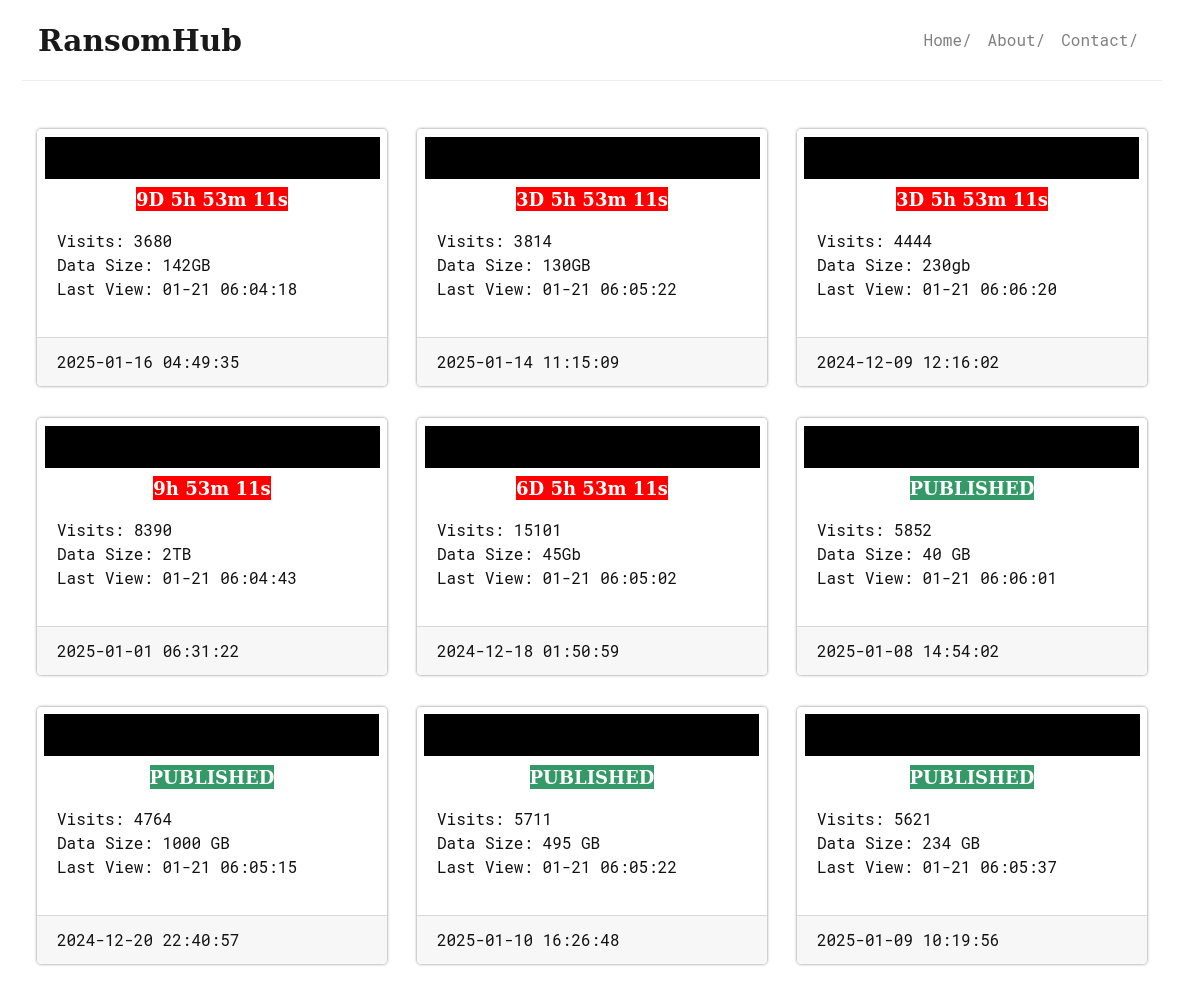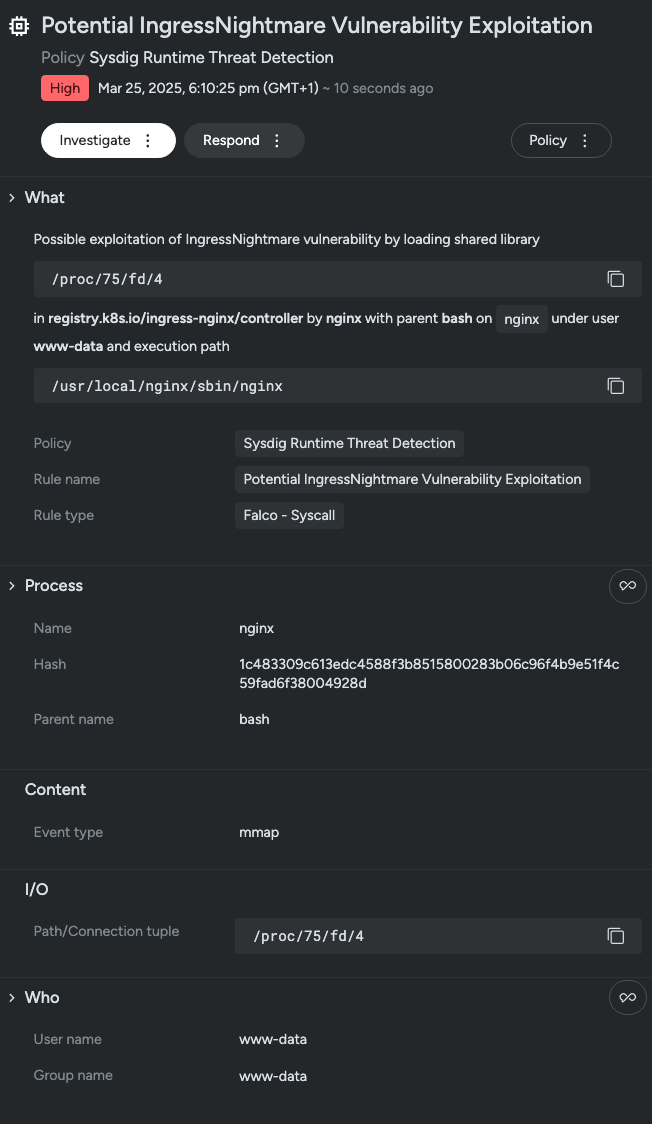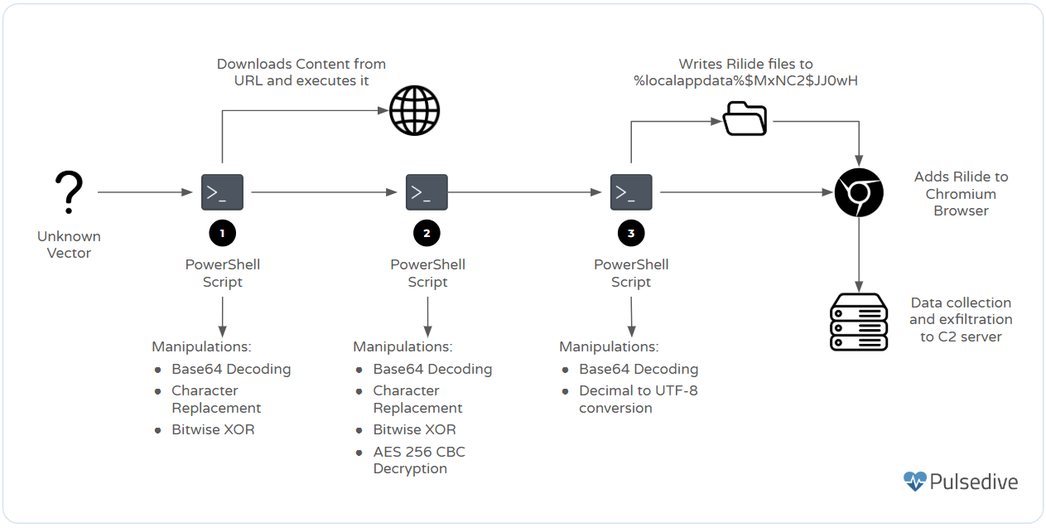
This article discusses the risks associated with misconfigured Jenkins instances in CI/CD pipelines, highlighting a specific case where an exposed Jenkins service led to unauthorized access and severe security vulnerabilities. The findings from CloudSEK’s BeVigil underscore the potential consequences of such misconfigurations, including remote code execution, credential theft, and regulatory risks.…
Read More 
















